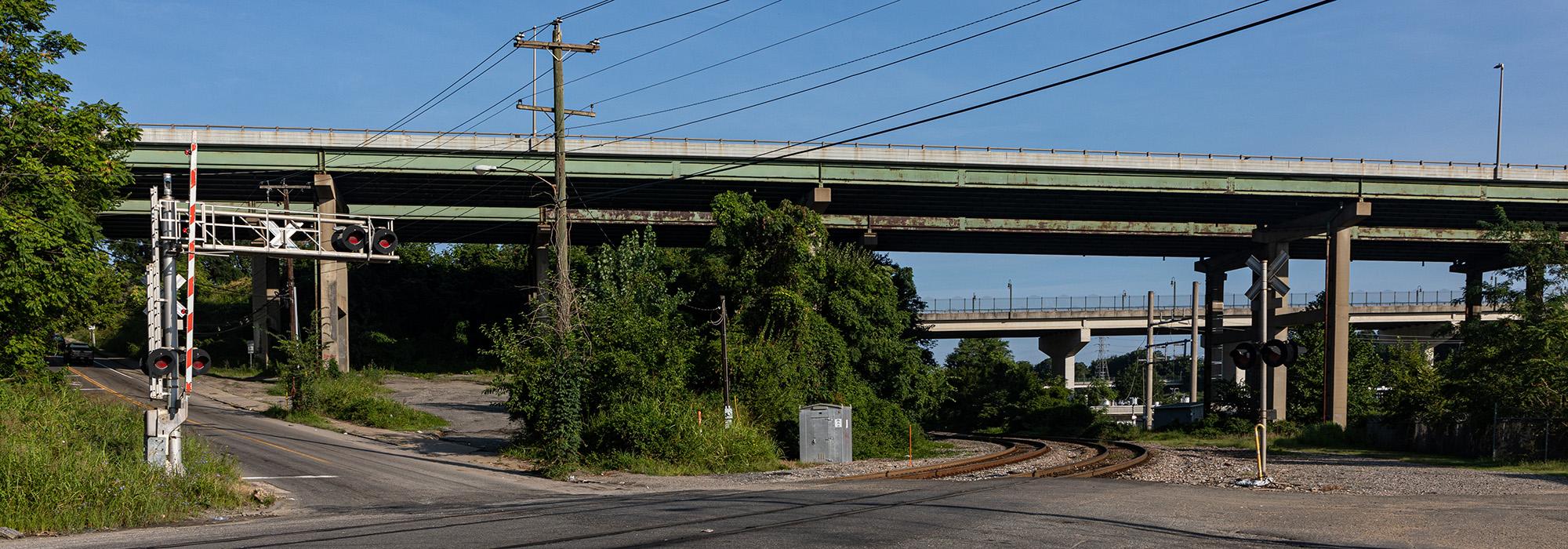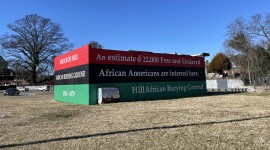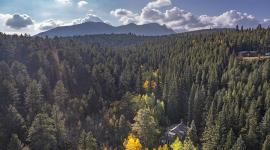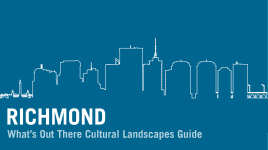National Attention for Shockoe Hill African Burying Ground
Should high speed rail lines linking Richmond, VA, and Washington, D.C. go through Shockoe Hill African Burying Ground, once one of the nation’s largest burial sites for free and enslaved people of color? That threat landed the site in The Cultural Landscape Foundation’s (TCLF) Landslide 2021: Race and Space report and exhibition and it’s currently under federal review pursuant to Section 106 of the National Historic Preservation Act. TCLF has joined a broad coalition of advocates including Lenora McQueen, a descendant of people interred at the site who has led advocacy efforts since 2017, the National Trust for Historic Preservation, Sacred Ground Historical Reclamation Project, and Preservation Virginia, as consulting parties to the Section 106 review.
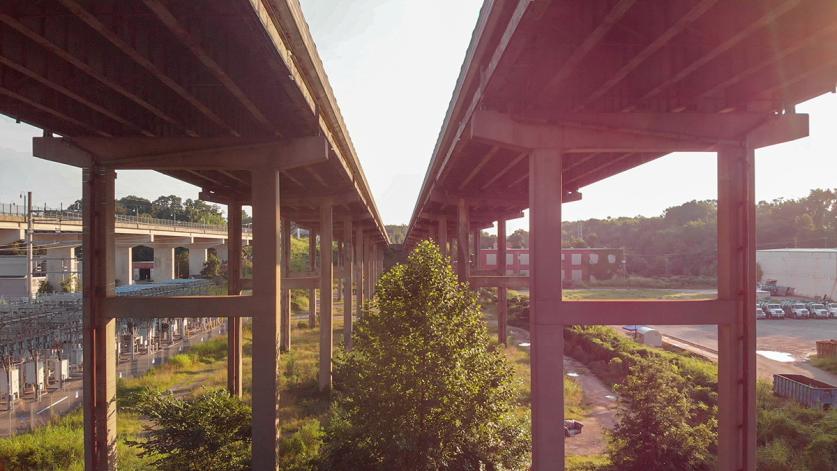
While reviews of the so-called DC2RVA project have been underway since at least October 2014, it is only within the past few years that the impact on the Shockoe Hill African Burying Ground, which has been nominated for listing in the National Register of Historic Places, has become visible to many more, due principally to the persistence of Ms. McQueen. However, evaluating the integrity of a site that doesn’t include burial markers and other tangible physical remnants that existed during its period of significance poses a challenge to officials working within the framework of Secretary of the Interior’s Standards that are integral to the Section 106 process. Among the stated goals of TCLF’s Race and Space initiative is to encourage a broader understanding of the “integrity” of historic sites to be more inclusive of cultural landscapes inequitably affected by erasure and other transgressions.
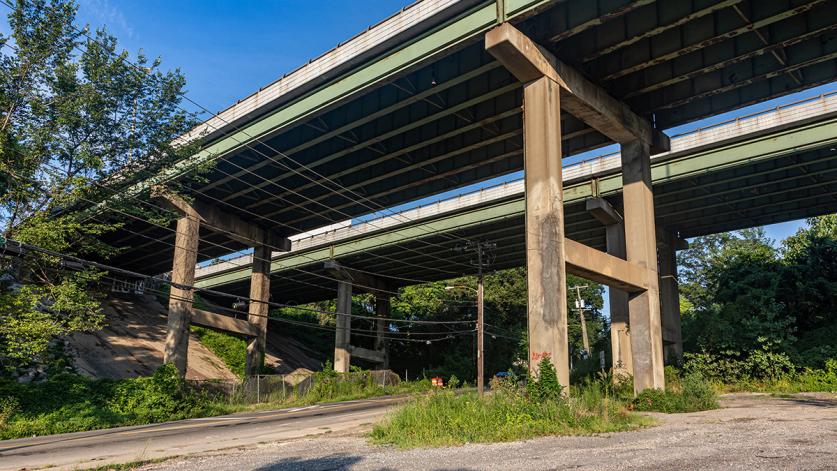
As Ms. McQueen recently stated in a letter concerning the Section 106 review process:
Much has happened to this landscape. Its form has been altered. Any and all grave markers were removed from its surface. Deep ravines have been filled, streets have been graded. Its surface has been altered to the point of being unrecognizable as a burial ground. But this distortion has not altered its function. It is still a burial ground. Regardless of all that has happened there, this land is still a burial ground. It is still a sacred place that deserves to be honored, remembered, respected, memorialized and protected. It should not be defined by whether or not it has intact graves. This ground may contain intact graves, but it is also full of tons of scattered remains. The many who still rest there, regardless of their form, deserve to do so in peace. My ancestors who were buried there, along with the many thousands of others deserve to finally rest in peace, safe from the worry of further desecration and destruction.
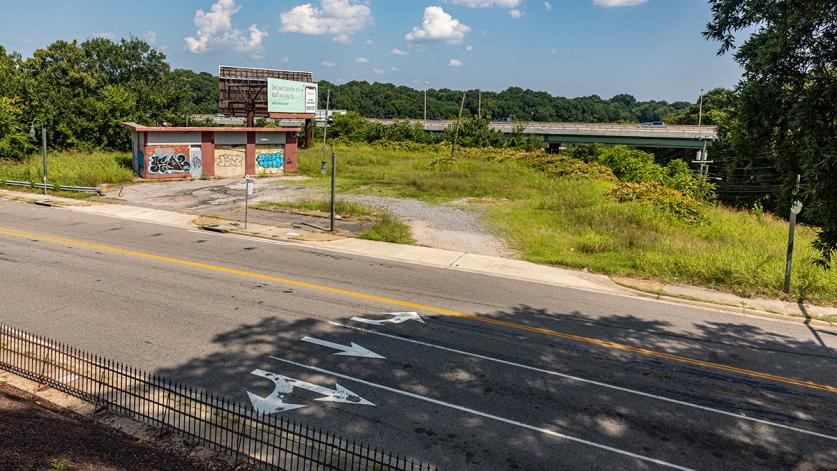
TCLF recently submitted its comments as part of the Section 106 review and stated: “Although we fully recognize that this process has been ongoing for several years … based on what we know today about the site’s significance and its cultural affiliations we strongly urge that identifying alternative routes be the first and highest priority.” [emphasis in the original]. L. Daniel Mouer, PhD, who helped author documentation supporting Shockoe’s listing in the Virginia Landmarks Register and the National Register of Historic Places was equally emphatic in his Section 106-related letter: “A new route for the high-speed rail line in the vicinity of the Shockoe Hill Burying Ground Historic District must be seriously sought beginning as soon as possible.” [emphasis in the original].



